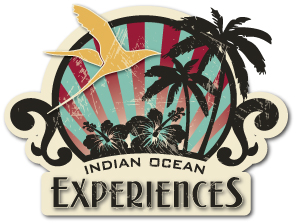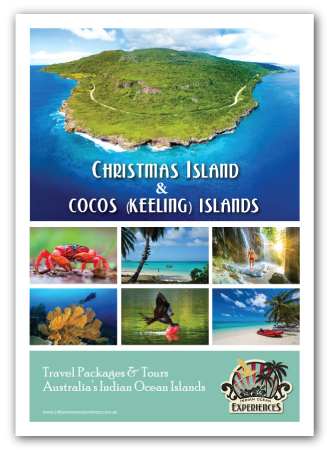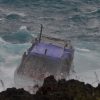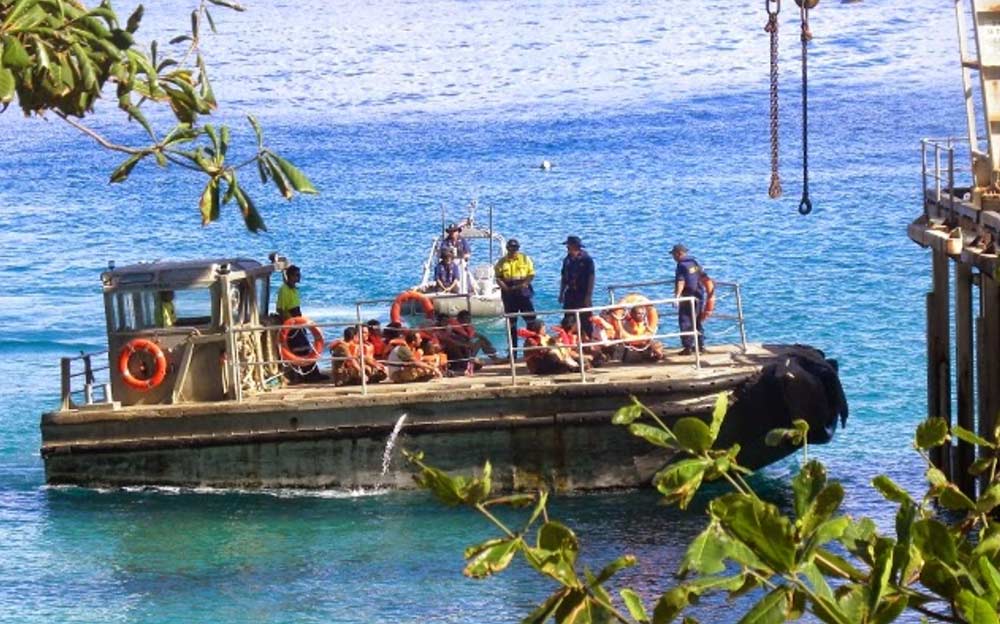
They often made news headlines and graced more front page stories than the Kardashians, but the public is unlikely to know their names. They played a pivotal role and their iconic image came to represent a controversial part of Australia’s recent political and social history. Now, the hardworking barges of the Christmas Island Port, Sasha and Rohani, are due for retirement.
The barges rose to notoriety in their role transferring numbers of asylum seekers from unseaworthy vessels, or after rescue by Australian Border Command ships, onto the safety of the jetty at Flying Fish Cove. Initially, when commissioned in 1994, their brief was to assist with stevedoring of the regular phosphate merchant ships and the Island’s supply ship. Their part quickly expanded when policy changes around refugees and immigration by the then Rudd Government, led to an increased number of people seeking entry to the country via boats. At the behest of the Australian Maritime Safety Authority, the vessels were modified for passenger transport. Despite not being designed for the purpose, they took to their new occupation with gusto, sometimes transferring up to 800 people during a 24 hour period, and an estimated 40,000 people over 5 years.
The jetty, from which the barges are launched, also wasn’t initially designed for passenger transfers. The barge is lifted with a gantry crane until the deck is level with the jetty and then passengers can step across safely. It was during this process of transfer and disembarking of asylum seekers that news crews and newspaper photographers got their footage and photos, which fed the seemingly never ending news cycle around boat arrivals, asylum seekers and their plight. The barges inadvertently provided the stage whilst picturesque Flying Fish Cove supplied the backdrop.
The barges are operated by a well-trained crew, mostly young, local Malay men. Following in the footsteps of their forefathers, many of these men are attracted to this very traditional local career, and in fact the very reason their families were settled on Christmas Island.
In the early 1900s, when the phosphate mine was established and started exporting ore, an elaborate wharf system was built. The Chinese workers, enlisted to work the mine, were not comfortable working ocean- side. With a strong affiliation to the sea and confidence in a marine environment, the Malay people were a natural fit for the job and were recruited from South East Asia to fulfil the necessary shipping roles, which included stevedoring, ship handling and diving, a requirement to maintain the Island’s deep mooring system.
The Malay community was initially settled near the Flying Fish Cove area, close to the original wharf, an area now colloquially known as ‘Kampong’, a Malay word meaning village. A number of ramshackle huts and buildings shaped the original ‘township’, eventually making way for high density housing in the form of multilevel, concrete apartments, based on a design blueprint adopted from Singapore. The close proximity to the ocean for work also provided their playground.
Many Malay folk can attest their earliest childhood memories involve fishing off the Island’s cliffs and the jetty with siblings and family. An early introduction to the ocean, and handing down of local knowledge, gives the Malay children a confidence in the marine environment that others can only acknowledge and admire. Children are adept with fishing rods, and until recent changes adopted around skippers tickets and legal age limits for operating boats, a number of young children had dinghies with small motors. They spent the day transferring their friends between the large moorings out to sea, looking for the best fishing spots, or helping their fathers by driving the family fishing boat onto the trailer at the end of a successful day out on the water.
Cyclone Gillian, whose destructive visit in March 2014 damaged a number of trees, provided an opportunity to revive the traditional sampan building, a hand- crafted timber boat carved from a single tree trunk. A couple of felled trees supplied the raw materials, with a number of the elders in the community involving their children and grandchildren in the finer art of fashioning a boat. The larger sampan is sturdy enough to support a small outboard motor; a design that that has stood the test of time and can be adapted to accommodate the modern comfort of a motor.
When the iconic vessels where commissioned, there were three women in the employ of the then, CI Marine Department. Rohani, whose father had worked as a stevedore on the Island, was the first woman to work in the department. Sasha, a lady who settled on the island for a few years, was encouraged to commence a stevedoring career, spending 3 years in the role. And Fatimah, generally referred to as the ‘coffee lady’, was also skilled in stevedoring. Her name adorns a smaller vessel used by the CI Port.
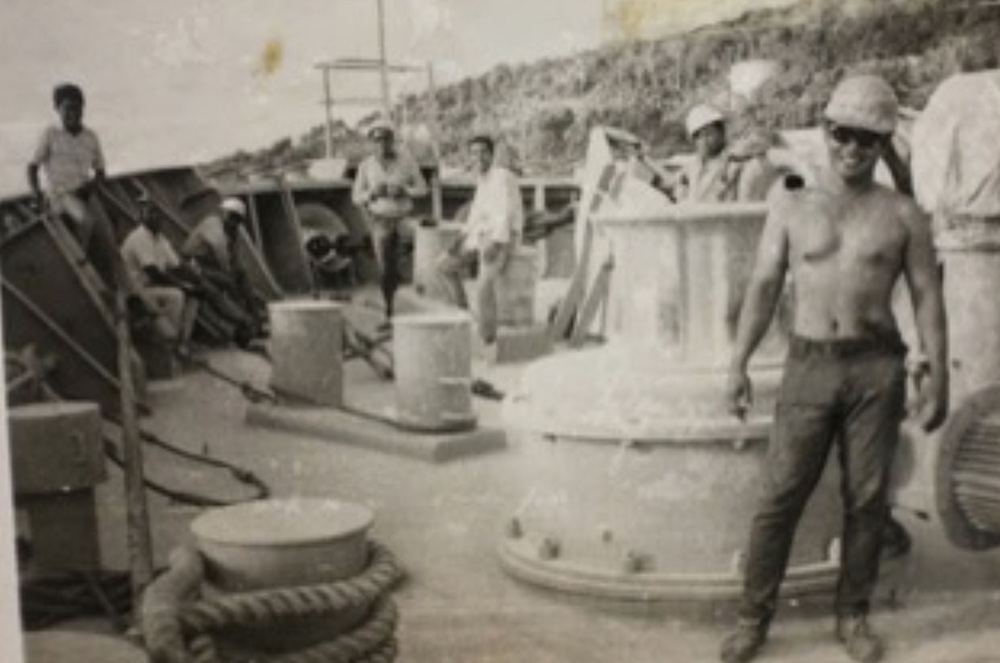
Arshad Sidek and forward gang mooring a ship. Circa 1960’s. Photo supplied by Arshad Family
Kelana Arshad, Rohani’s younger brother, is continuing the tradition. 8 years ago he established (in partnership) Complete Stevedoring and Freight Services. Second generation island-born, Kelana built his experience and knowledge through a sequence of jobs on the island, before fate delivered an opportunity to establish his own business. He now provides employment and training for a number of local people.
